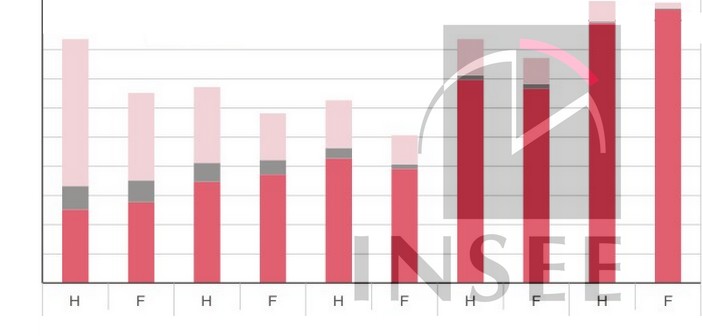Insee calculated that the standard of living for the poorest 10% of the French increased by 0.5% in 2015 thanks to a 2% increase in the RSA. That of the wealthiest 30% decreased by 0.3%.
In any redistribution policy, there are winners and losers. The measures implemented by the Valls government in 2015 are no exception to this rule.
Increase in the RSA, increase in income tax and retirement contributions… “In the year 2015 alone, the new measures led to a 0.5% increase in the standard of living for the poorest 10% of households and a decrease in the standard of living of around 0.2% to 0.3% for the wealthiest 30% of households,” notes Insee in its “2016 Social Portrait” published on Tuesday.
These changes are mainly explained by the reforms affecting benefits. First, the modulation of family allowances. By reducing benefits for affluent households, this measure contributed to a 22% decrease in inequality. However, 590,000 households lost an average of 1,370 euros during this process, according to Insee. No family benefited from it.
On the other hand, the removal of the first 5.5% income tax bracket and the adjustment to the decote explains a third of the reduction in differences in living standards through the increase in disposable income for affected modest households. The 2% revaluation of the RSA accounts for 11% of the reduction in inequalities.
Other measures affected almost everyone. For example, the increase in retirement contributions enacted by the Touraine reform reduced total disposable household income by 2.5 billion euros. A measure that “has very little redistributive effect because it is not targeted,” explains Insee. In other words, it affected the French whether they were rich or poor.


